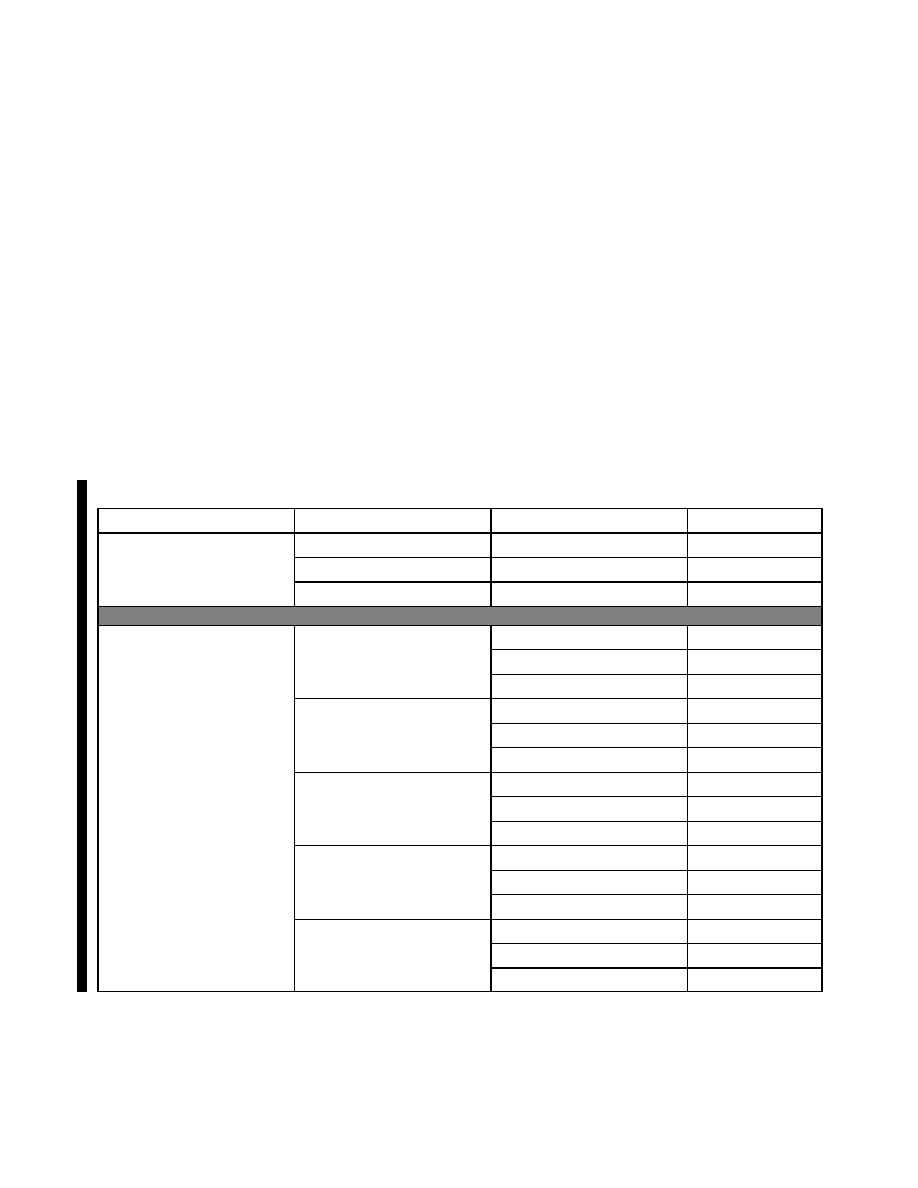
AIM
4/3/14
5−1−12
Preflight
3.
When filing an IFR flight plan, identify the
equipment capability by adding a suffix, preceded by
a slant, to the AIRCRAFT TYPE, as shown in
TBL 5−1−3, Aircraft Suffixes.
NOTE
−
1. ATC issues clearances based on filed suffixes. Pilots
should determine the appropriate suffix based upon
desired services and/or routing. For example, if a desired
route/procedure requires GPS, a pilot should file /G even
if the aircraft also qualifies for other suffixes.
2. For procedures requiring GPS, if the navigation system
does not automatically alert the flight crew of a loss of GPS,
the operator must develop procedures to verify correct GPS
operation.
3. The suffix is not to be added to the aircraft identification
or be transmitted by radio as part of the aircraft
identification.
4.
It is recommended that pilots file the
maximum transponder or navigation capability of
their aircraft in the equipment suffix. This will
provide ATC with the necessary information to utilize
all facets of navigational equipment and transponder
capabilities available.
5.
When filing an IFR flight plan via telephone
or radio, it is highly recommended that the departure
airport be clearly identified by stating the city name
and state and/or airport location identifier. With cell
phone use and flight service specialists covering
larger areas of the country, clearly identifying the
departure airport can prevent confusing your airport
of departure with those of identical or similar names
in other states.
TBL 5
−1−3
Aircraft Equipment Suffixes
Navigation Capability
Transponder Capability
Suffix
RVSM
No GNSS, No RNAV
Transponder with Mode C
/W
RNAV, No GNSS
Transponder with Mode C
/Z
GNSS
Transponder with Mode C
/L
No RVSM
No DME
No Transponder
/X
Transponder with no Mode C
/T
Transponder with Mode C
/U
DME
No Transponder
/D
Transponder with no Mode C
/B
Transponder with Mode C
/A
TACAN
No Transponder
/M
Transponder with no Mode C
/N
Transponder with Mode C
/P
RNAV, no GNSS
No Transponder
/Y
Transponder with no Mode C
/C
Transponder with Mode C
/I
GNSS
No Transponder
/V
Transponder with no Mode C
/S
Transponder with Mode C
/G